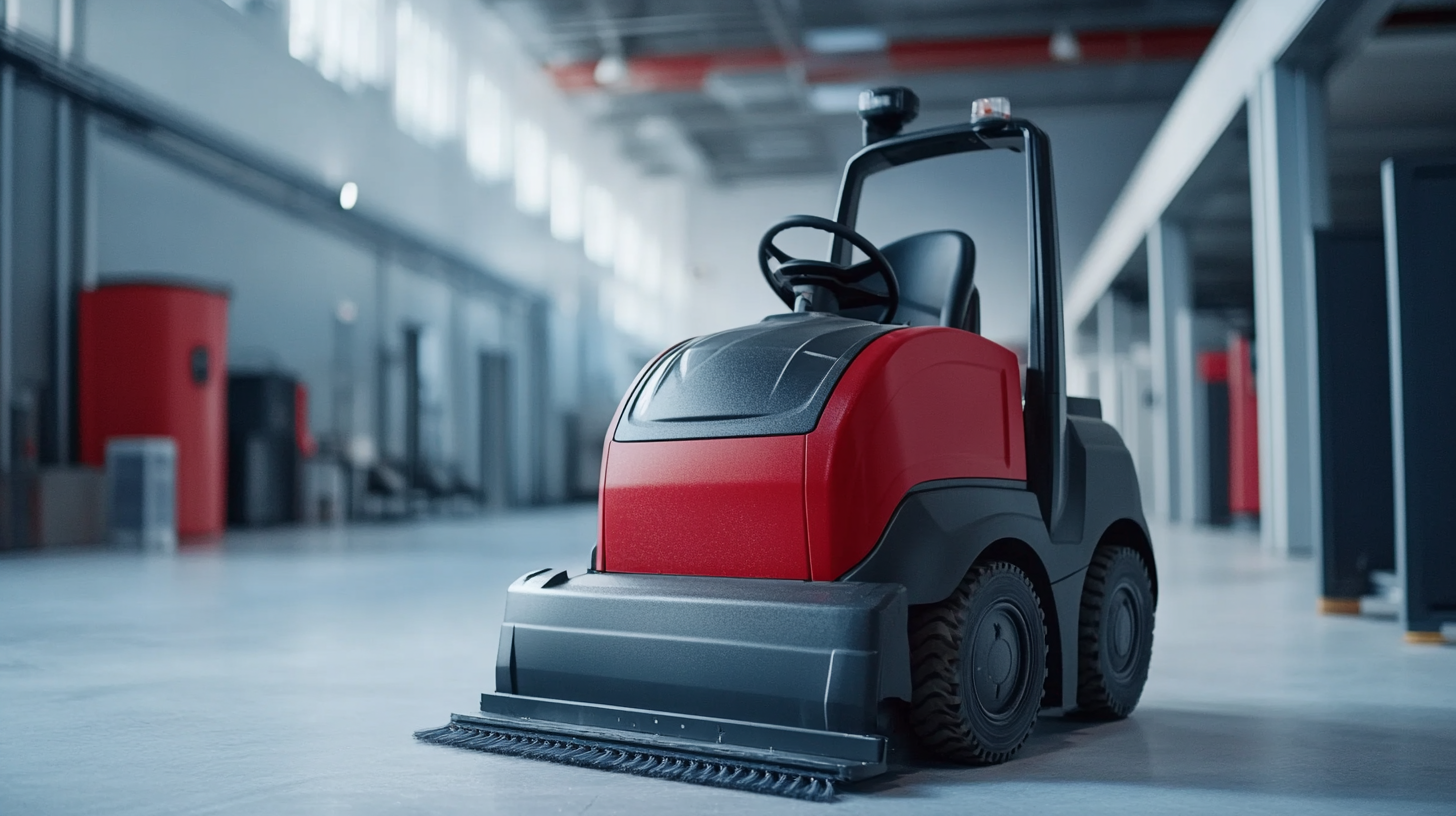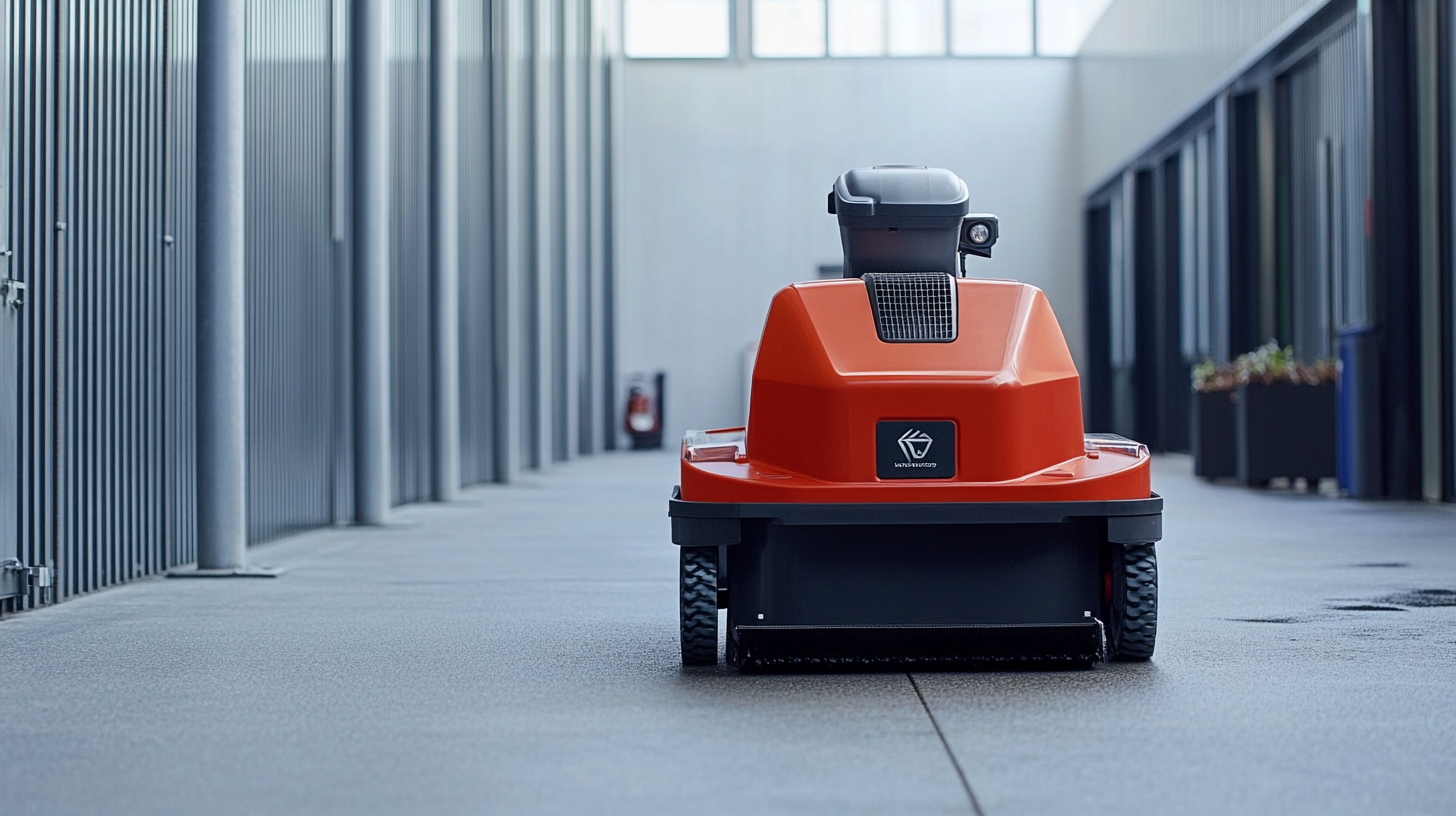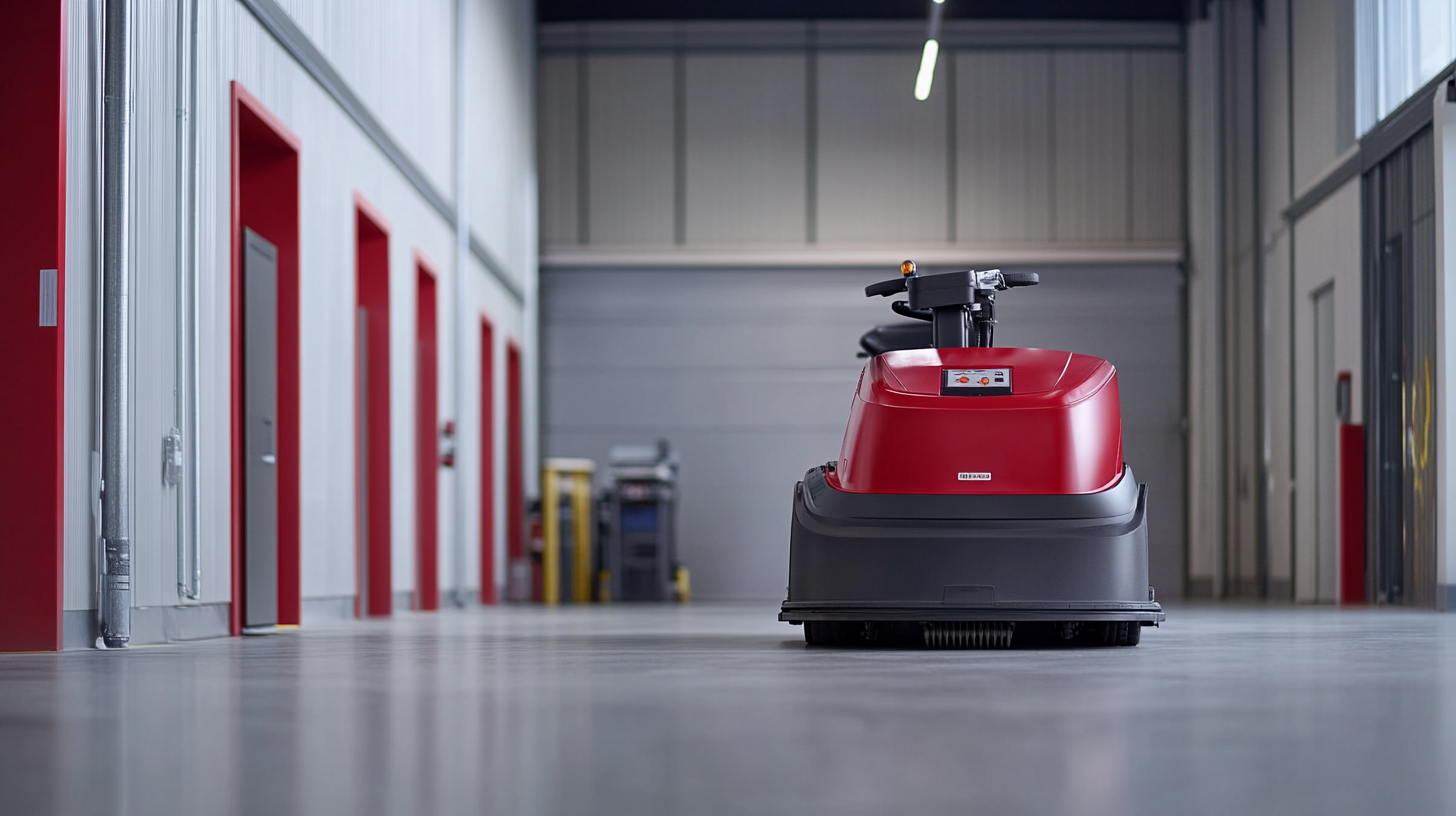Leave Your Message
As businesses continue to evolve, so do the tools that help maintain cleanliness and efficiency in various environments. One of the most essential tools in commercial cleaning is the vacuum sweeper. In 2025, innovations in vacuum sweeper technology are set to revolutionize the way we approach cleaning tasks, making them faster, more effective, and environmentally friendly. With a growing array of models and features, it can be overwhelming for business owners to select the right vacuum sweeper that meets their specific needs. This blog will guide you through the latest innovations in vacuum sweepers, providing insights into what to look for when choosing the ideal model for your business. By understanding these advancements and aligning them with your operational requirements, you can enhance your cleaning routine and ensure a spotless environment for both employees and customers alike.

When selecting a vacuum sweeper for your business in 2025, it’s essential to focus on key features that cater to your specific cleaning needs. One of the foremost considerations is the suction power, which can significantly impact the effectiveness of your cleaning tasks. According to industry experts, models equipped with advanced suction technology can pick up even the finest dust particles and stubborn debris, making them ideal for maintaining a clean environment in commercial spaces.
Another crucial feature to assess is the versatility of the vacuum cleaner. Many of the best models available this year combine functions, allowing you to switch effortlessly between vacuuming and mopping. This dual function not only saves time but also enhances the overall cleaning performance, particularly in high-traffic areas where both vacuuming and deep cleaning are required.
Battery life and charging efficiency are also vital factors to consider. The latest studies show that vacuums with long-lasting battery life can operate up to 120 minutes on a single charge, enabling uninterrupted cleaning sessions in larger spaces. Additionally, quick recharging capabilities are essential for businesses looking to maintain a continuous workflow without long downtimes. By focusing on these key features, you can ensure that your investment in a vacuum sweeper meets the demands of your business.
Vacuum sweepers have become indispensable across various industries, each requiring specific features tailored to their unique cleaning needs. Understanding the different types of vacuum sweepers is crucial for businesses looking to enhance operational efficiency. For instance, industrial vacuum sweepers are designed to handle heavy debris and dust, making them ideal for manufacturing facilities or construction sites. Their robust build and powerful suction capabilities ensure thorough cleaning of large surfaces and hard-to-reach corners.
On the other hand, commercial vacuum sweepers are more suited for environments like shopping malls and office buildings. These models often prioritize maneuverability and noise reduction, allowing for cleaning during business hours without disrupting customers or employees. Additionally, specialized vacuum sweepers for the food service industry and hospitals focus on sanitation features, such as HEPA filters and anti-microbial surfaces, to maintain high hygiene standards. By recognizing the specific requirements of your industry, you can choose the most effective vacuum sweeper model that aligns with your business objectives.
When evaluating vacuum sweepers for your business in 2025, energy efficiency and sustainability should be top priorities. As environmental concerns intensify, consumers and businesses alike are increasingly seeking equipment that not only performs well but also minimizes ecological impact. A recent report by the International Energy Agency suggests that energy-efficient vacuum sweepers can reduce operational costs by as much as 30%, making them a financially savvy selection for forward-thinking businesses.
Moreover, innovative brands are stepping up with models designed to meet stringent sustainability standards. For instance, many of the top vacuum cleaner brands now incorporate eco-friendly materials and advanced energy-saving technologies into their designs. A study published by Green Industry Insights revealed that vacuum sweepers equipped with brushless motors are not only quieter but also consume 50% less power compared to traditional models. This shift not only benefits businesses in terms of reduced energy bills but also enhances their reputation as environmentally responsible operators.
Incorporating smart technology into vacuum sweepers is another appealing feature for modern businesses. With options for remote operation and real-time monitoring, businesses can optimize their cleaning routines and further improve energy efficiency. By evaluating these advancements, organizations can make informed decisions that align with their operational goals and commitment to sustainability, ensuring that they choose a vacuum sweeper that meets both their budget and their values.

In 2025, the vacuum sweeper industry is witnessing a transformative shift driven by smart technology. Advanced sensors and AI algorithms are enhancing the performance of vacuum sweepers, making them more efficient than ever. According to a report from IBISWorld, the market for smart cleaning equipment is projected to grow by 15% annually, reflecting the increasing demand for innovative solutions that integrate seamlessly into business operations.
These innovations are not just about convenience; they significantly improve cleaning standards. For instance, the incorporation of real-time data analytics enables operators to monitor cleaning efficiency and coverage in real-time, as noted in a thorough market study by Technavio. This data-driven approach allows for proactive maintenance and reduces downtime, which is crucial for businesses operating in high-traffic environments like warehouses and shopping centers.
Moreover, many modern vacuum sweepers now come equipped with autonomous navigation systems, allowing them to clean effectively without human intervention. A survey by Statista revealed that nearly 70% of businesses recognize the cost-saving potential of deploying automated vacuum sweepers. As these technologies continue to evolve, businesses that adopt smart vacuum cleaning solutions will likely see enhanced productivity and a significant return on investment.
This chart showcases the performance improvements of various vacuum sweepers equipped with smart technology innovations. The data compares suction power, battery life, and noise levels of models A, B, and C. As seen, Model B outperforms the others in suction power and battery longevity, making it an ideal choice for businesses focused on efficiency.
When selecting the right vacuum sweeper for your business in 2025, cost considerations are pivotal. The landscape is rapidly evolving with advances in technology that impact efficiency and maintenance costs. According to recent industry reports, businesses should allocate 10-15% of their operating budget to cleaning equipment, including vacuum sweepers. This ensures not only the acquisition of high-quality machinery but also covers potential maintenance and replacement parts, which can amount to around 20% of the total cost of ownership over five years.
Quality sometimes comes at a premium, but it often translates into long-term savings. For instance, investing in a higher-end model with advanced filtration systems and energy-efficient motors can reduce power consumption by up to 25%, resulting in lower utility bills. Furthermore, businesses should scrutinize warranty options; those with comprehensive coverage can mitigate unforeseen expenses. Balancing budget and quality is crucial in making a wise investment that supports operational efficiency and minimizes disruptions caused by equipment failures.

